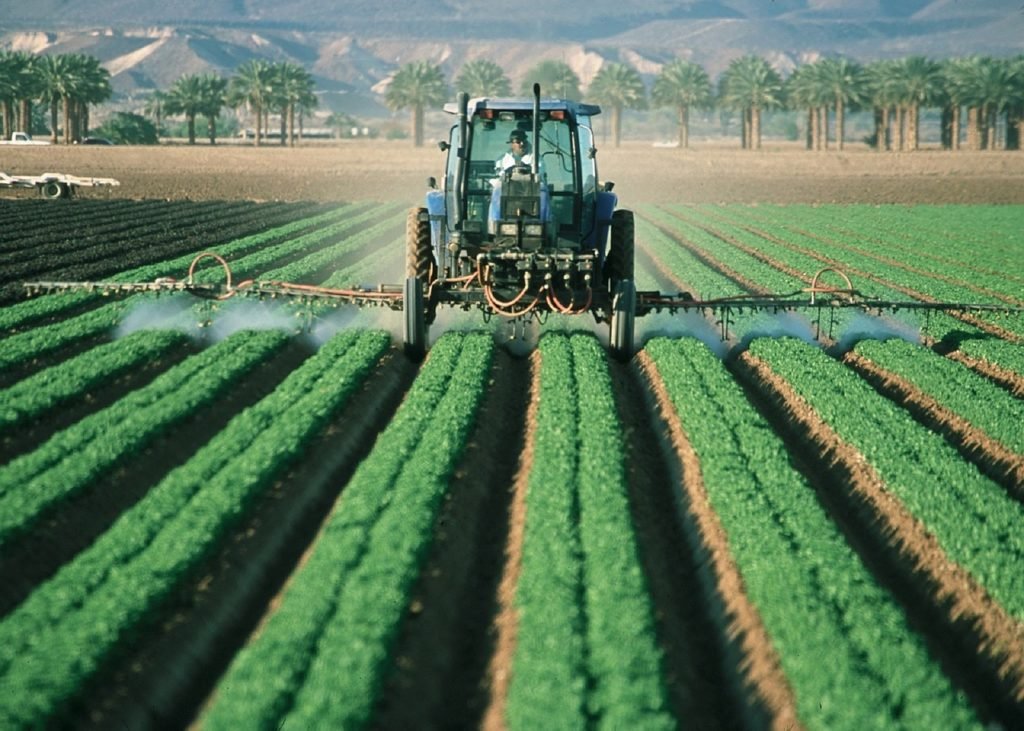Methods of herbicide application/How to apply herbicide
A. Soil application:
i. Soil surface application:
Herbicides are sprayed on the soil surface to form a uniform herbicide layer. The herbicide thus sprayed due to their low solubility may penetrate only few centimeter into the soil. Weed germinating in the top layer are killed due to incidental absorption of herbicide.
Eg. Simazine, Altazine, Monuron etc.
ii. Sub surface application:
When perennial weeds like Cyperus rotundus, Cynodon dactylon are to be control the herbicide are applied to the lower layer of the soil. This is done by injecting herbicide into the soil at several point.
iii. Soil incorporation:
Some of the herbicide are volatile when they are applied to the soil surface they are lost by volatilization. Volatile herbicide are incorporated into soil to reduce losses. Generally these herbicides are applied before planting as it is difficult to incorporate the herbicide after sowing.
Eg. Trifluralin.
iv. Band application:
Herbicide can be applied on narrow band over or along the crop rows. The weed in between the crop rows can be control by non – selective herbicide.
B. Foliar application:
a. Blanket application:
Blanket application is the application of herbicide over the entire leaf area. Only selective herbicides are applied by this method.
b. Direct application:
Application of herbicides in between the crop rows directly towards weeds is known as direct application. Care is taken to avoid spray fluid falling on the crop.
c. Spot application:
Herbicides solution is poured on weed in crop land uncropped infested with abnoxious weed in isolated patches. This methods of application at heavy doses of herbicide on isolated patches is called spot application.
d. Cut surface application:
The most difficult brush weeds or trees are cut to the ground surface, concentrate herbicide or paste of herbicide is applied to the stump of cut – surface is called cut surface application.

You can read more articles about Agronomy
Useful Agricultural Websites
